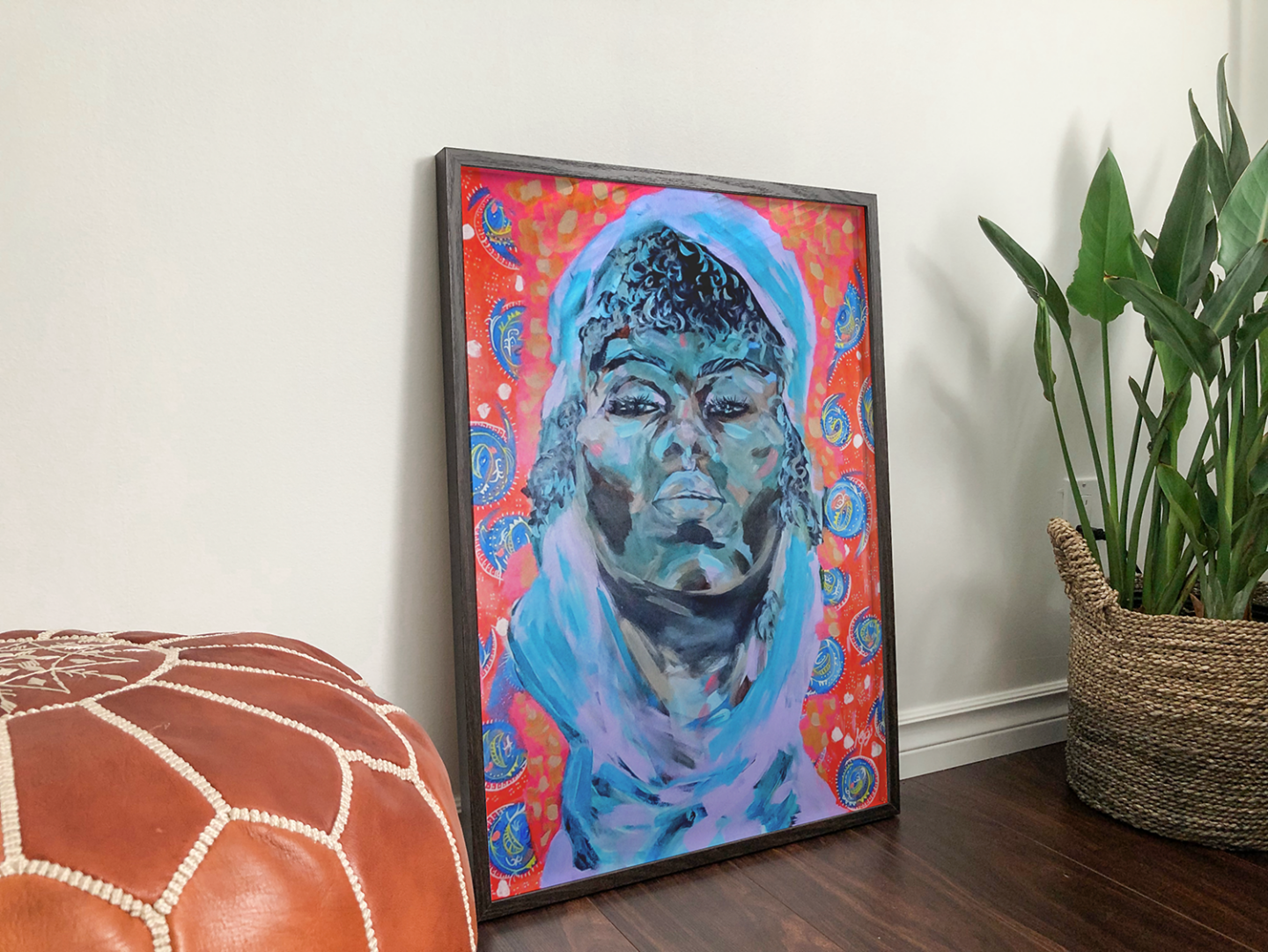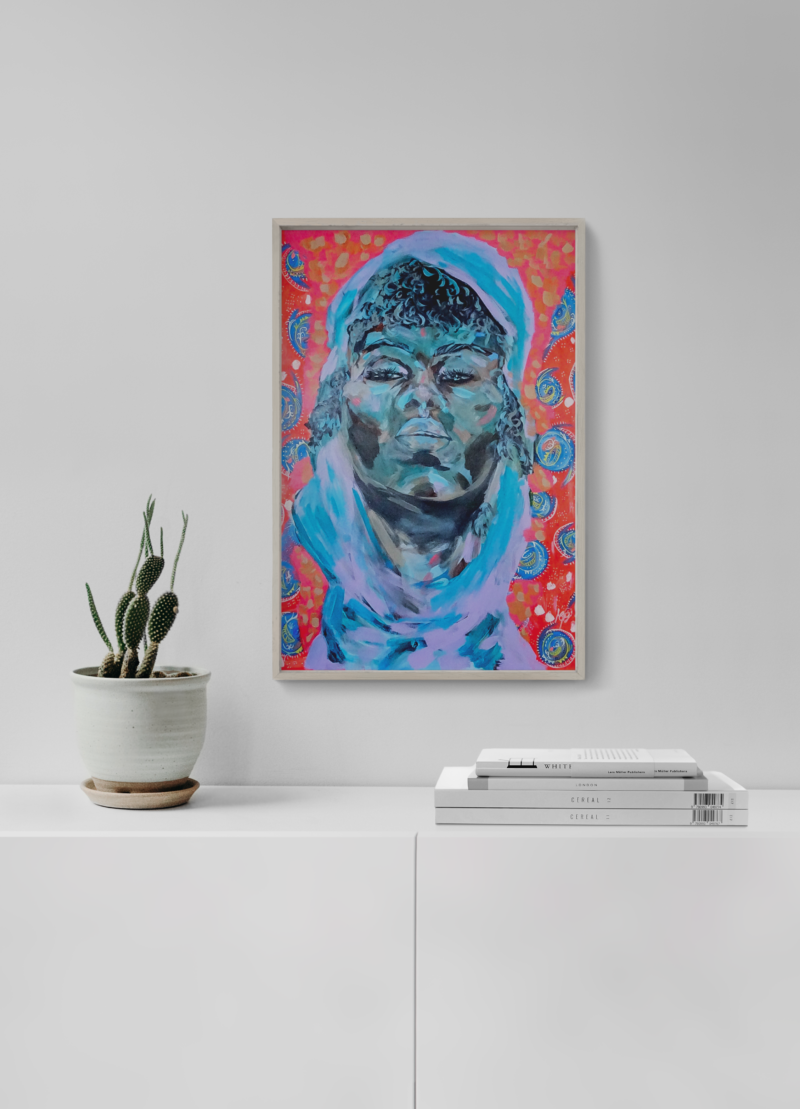
Are you an art enthusiast eager to embark on an art-buying journey online? As you explore a vast array of high-quality art prints and contemporary artwork, understanding the factors that influence an artwork’s price is vital. The world of art pricing can be intricate and nuanced, but fear not! In this blog, we’ll delve into the elements that determine the price of an artwork, empowering you to make informed decisions as you buy art online. If you have any questions or need guidance, feel free to contact us, and let’s navigate the art market together.
The Reputation and Demand of the Artist
One of the primary drivers of an artwork’s price is the reputation and demand of the artist. Established artists with a significant following and a successful track record in the art world often command higher prices for their works. Similarly, artworks by artists who are in high demand and are highly sought-after by collectors may have premium price tags. Eventually, it is a decision of the artists to price their work according to what they deem fit.
Medium and Technique: Oil Painting, Acrylic Painting, or Art Prints on Giclee
The medium and technique used to create an artwork can significantly influence its price. Original paintings, whether in oil or acrylic, typically carry higher values due to the labor-intensive process and uniqueness of each piece. On the other hand, art prints on giclee, while still offering high-quality reproductions, are generally more affordable and accessible to art buyers.
Size and Scale of the Artwork
The size and scale of an artwork can impact its price. Larger artworks often require more materials and time to create, leading to higher costs. Additionally, large-scale pieces can make a powerful statement in a space, contributing to their perceived value.
Complexity and Detail
Artworks that boast intricate details, complex compositions, and a high level of craftsmanship tend to have higher price points. The level of skill and effort invested by the artist can elevate the perceived value of the artwork.
Artistic Style and Subject Matter
The artistic style and subject matter of an artwork can also influence its price. Certain art styles or themes may be in vogue, leading to increased demand and higher prices. Additionally, artworks that depict popular or culturally significant subjects can be more valuable to collectors.
Art Market and Economic Factors
The art market itself can be influenced by economic factors such as inflation, interest rates, and overall consumer confidence. During periods of economic prosperity, art prices may experience upward trends. However, during economic downturns, art prices may stabilize or fluctuate.
Condition and Provenance
The condition of an artwork and its provenance, or historical record of ownership, can impact its value. Well-preserved artworks with a documented and reputable ownership history may fetch higher prices at auctions or in the secondary market.
Conclusion
Congratulations! You are now equipped with essential knowledge about the elements that determine the price of an artwork. As you buy art online, consider factors such as the artist’s reputation, medium, size, complexity, style, subject matter, and the state of the art market. By understanding these aspects, you can make well-informed decisions and build a collection that resonates with your taste and preferences.
Should you have any questions or need assistance in your art-buying journey, please do not hesitate to contact us. Let’s work together to find the perfect artwork that captivates your heart and enriches your living or working space. Happy art hunting!











